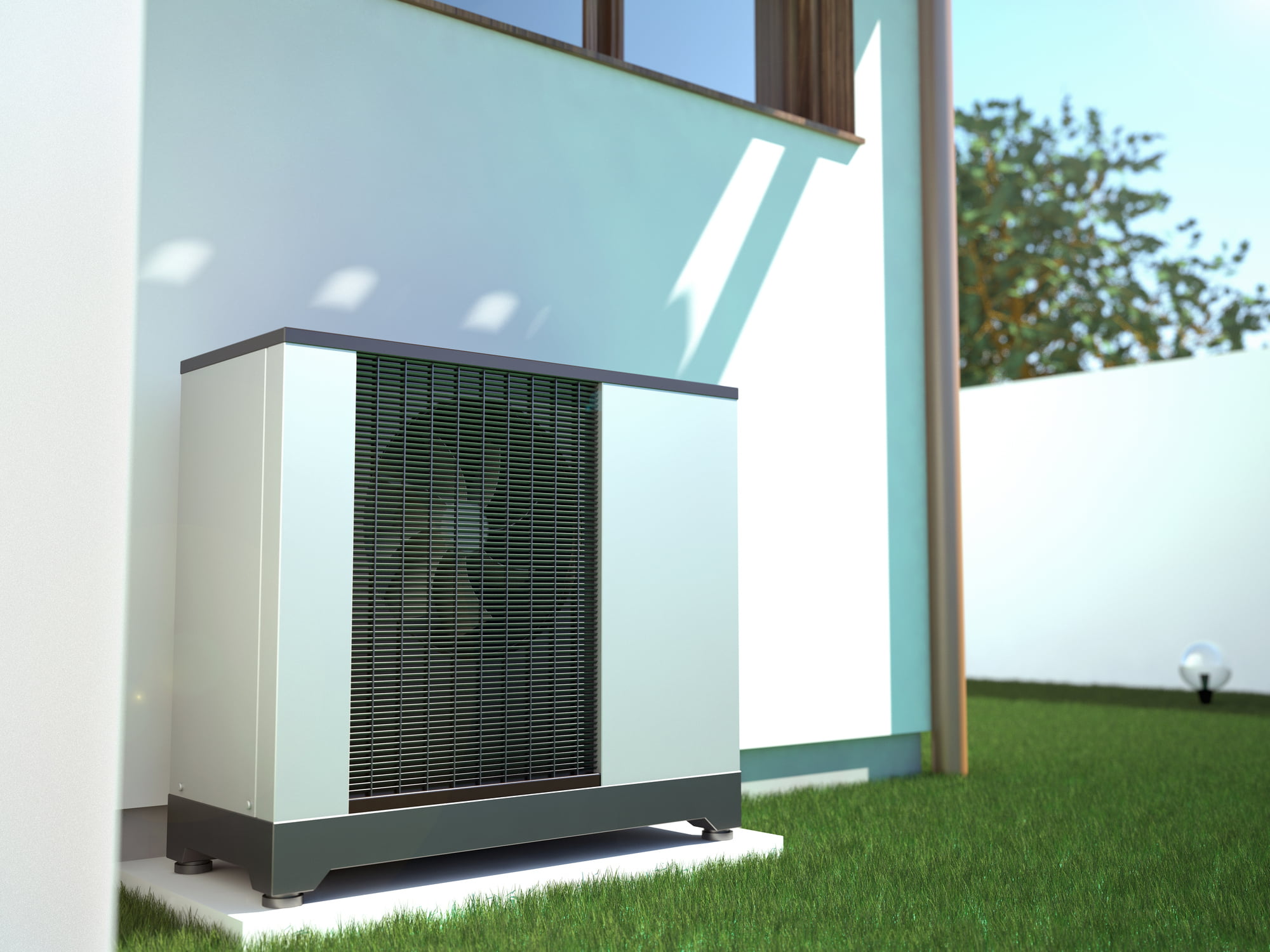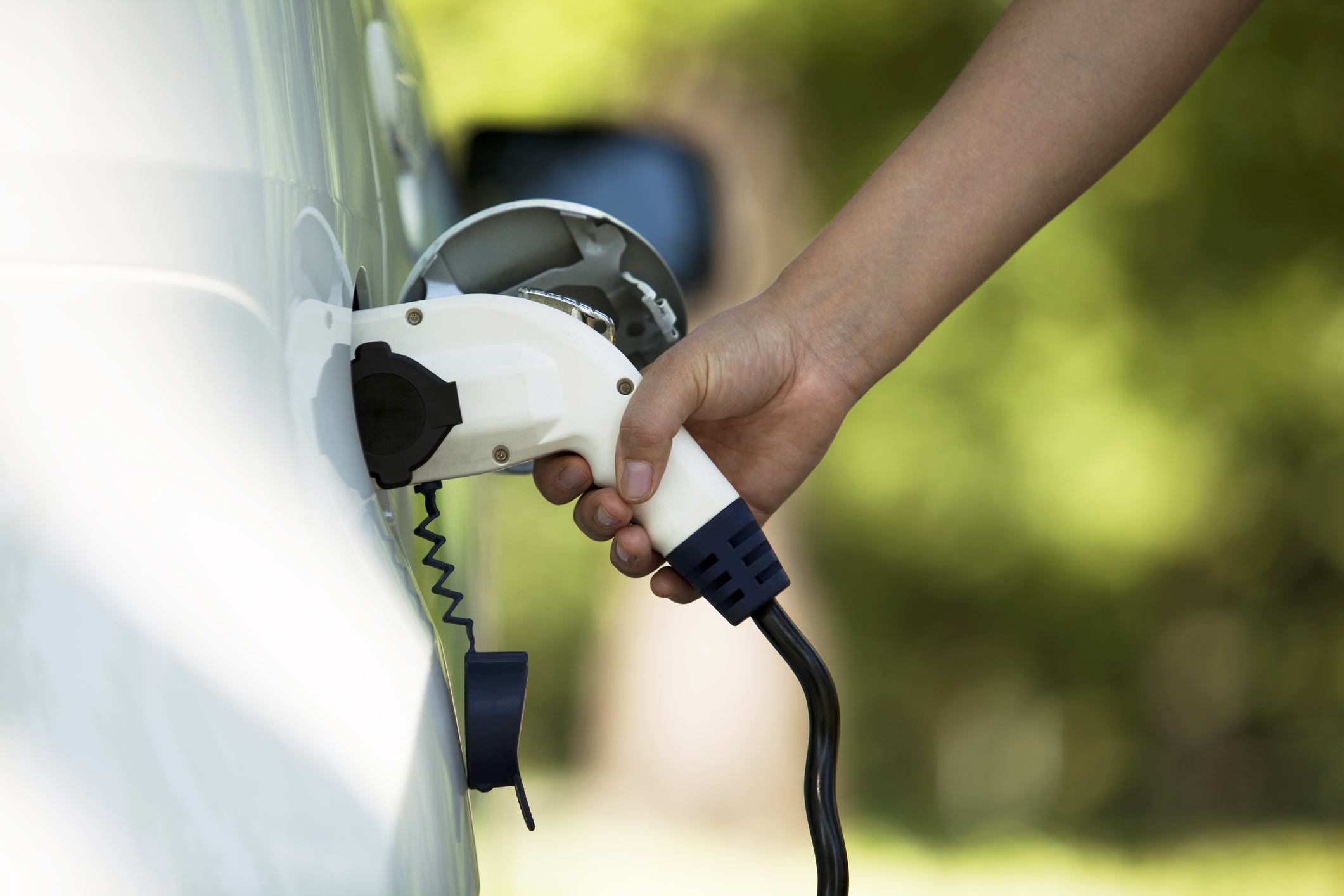The graph below shows the main areas where we need to reduce emissions to reach net zero by 2050. As you can see, there’s still a long way to go.
We are facing a climate emergency in the UK, caused by the release of greenhouse gases like carbon dioxide into the atmosphere from our homes, transport systems, industry and businesses.
By changing how we generate electricity, heat our homes, and travel, we can help to address this climate emergency. We need to reach a place where the amount of carbon dioxide added to the atmosphere is no more than the amount taken away.
This balanced state is known as net zero – you can find out more about net zero in our explainer blog. It’s so important to get to net zero that the UK passed legislation in 2019 that commits the country to net zero emissions by 2050.
Where do we need to reduce emissions?
Here, we look at what we need to do in three of these areas: electricity, heating, and transport.
Electricity
By far the biggest progress we’ve made so far in cutting emissions has been in changing the way that we generate electricity.
We’ve almost completely switched away from coal power generation and massively increased the level of clean, renewable generation from wind, solar and biomass.
In 2010, just 7% of electricity in the UK came from renewable sources. A decade later, the figure was 42%, as renewable electricity in 2020 overtook electricity generated from gas and coal plants for the first time. But more still needs to be done.

Heating
Over 90% of us currently use gas or oil to heat our homes, with most household emissions coming from heating and hot water. We will need to phase out oil and gas heating systems like boilers, replacing them with renewable, low carbon technologies.
Low carbon heating can come from a wide variety of sources: solar panels, biomass or hydrogen boilers and heat pumps. You can find out more about these low carbon heating systems in our helpful guide.
Clean electricity generation plays an important part in the switch to renewable heat. As electricity from the grid continues to rapidly decarbonise, heat pumps (which rely on electricity to run) become an even greener choice.

Transport
Cars and other modes of transport are much cleaner than they were in 1990, but overall levels of emissions from transport are still high.
Last year saw a large drop in the UK’s carbon dioxide emissions, as people were asked to stay at home during national lockdowns. According to government figures, emissions from transport fell by almost 20% in 2020.
As we come out of lockdown, electric vehicles will have an important part to play in reducing emissions from transport. Battery electric vehicles are 100% electric vehicles that don’t produce any tailpipe emissions. They are cheaper to run as well as better for the environment.
You can also reduce emissions by finding other ways to make journeys: using public transport instead of a car or choosing to walk or cycle for shorter trips.
The aviation industry is also working on ways to lower emissions from flying, but this won’t be enough to reach net zero by 2050. We will still need to minimise our flights, especially long haul, where possible.

Net zero isn’t just about cutting emissions. It’s also an opportunity to bring about a better way of life: cleaner air and water, warmer and healthier homes, cleaner transport, greener spaces and better habitats for our wildlife.
Further reading
What is net zero and how can we get there?
The term ‘net zero’ is starting to crop up in the news on an almost daily basis. But what does net zero…
BlogNet zero, carbon emissions and homes: what’s the connection?
Making changes to your behaviour at home – as well as making improvements to your home itself – can all help to…
BlogMaking home energy improvements with net zero in mind
To reach net zero, we will need to improve the energy efficiency of our homes and upgrade our heating systems to low…